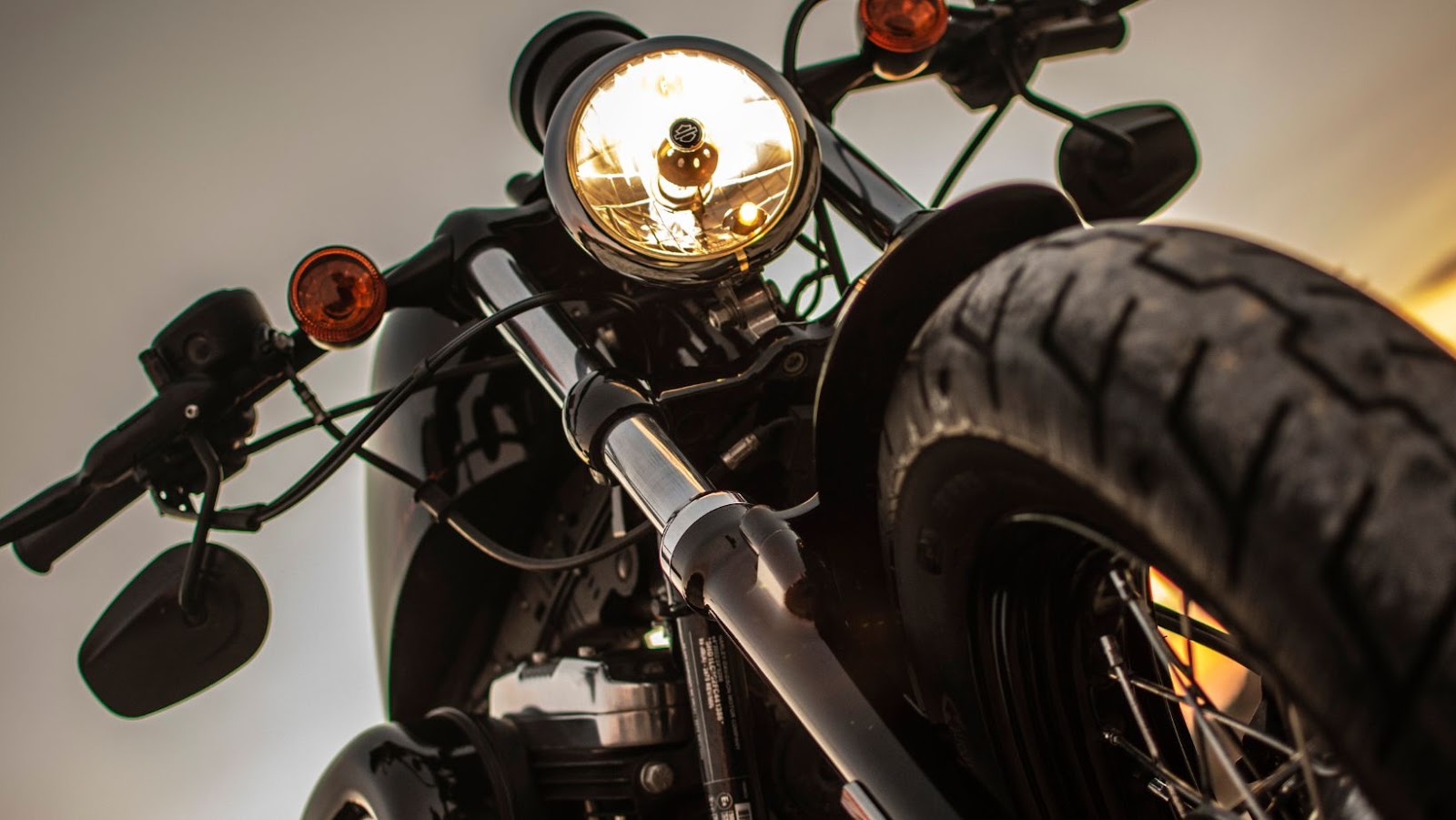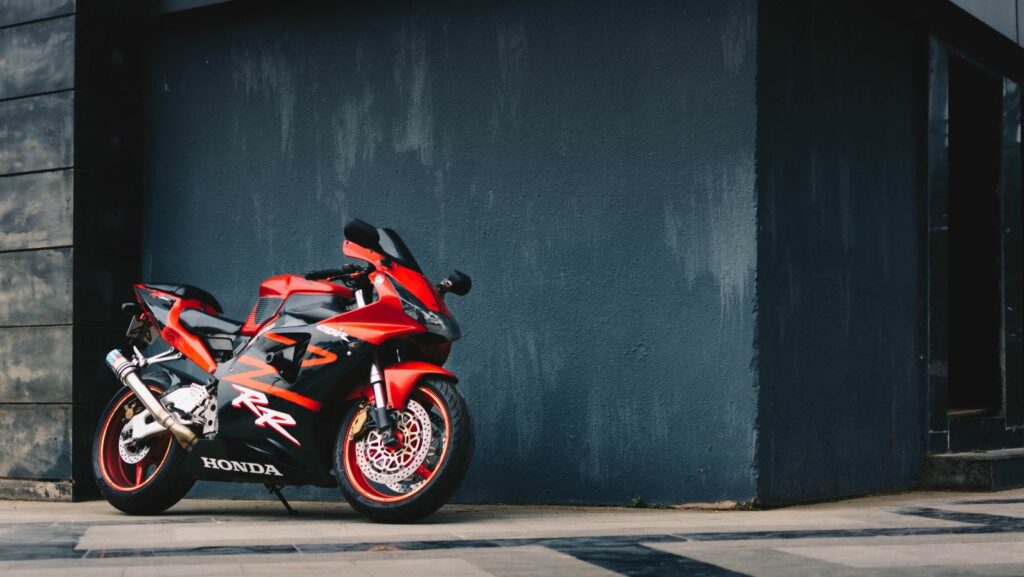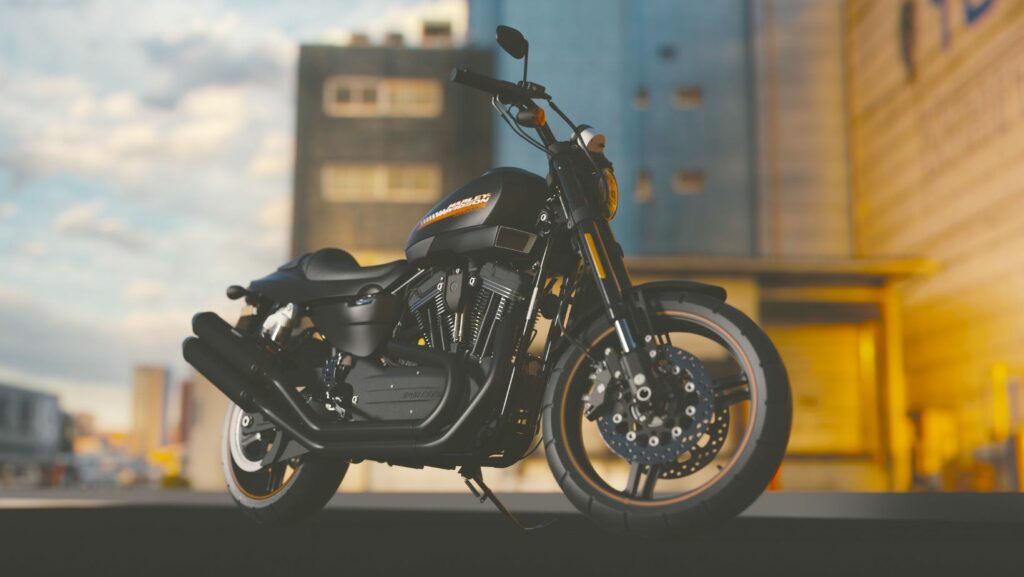Honda Turbo Motorcycle
The history of Honda Turbo Motorcycles is a fascinating journey that showcases the innovation and engineering prowess of the renowned Japanese motorcycle manufacturer. From their humble beginnings to becoming pioneers in turbocharging technology, Honda has left an indelible mark on the world of motorcycles.
In the late 1970s, Honda embarked on a bold experiment by introducing their first turbocharged motorcycle – the Honda CX500 Turbo. This groundbreaking model featured a small turbine-driven supercharger, significantly increasing power output and performance compared to its naturally aspirated counterparts. Introducing this turbocharged motorcycle marked a new era for Honda and set them apart from other manufacturers.
The Origins of Honda Motorcycles
When exploring the fascinating history of Honda motorcycles, it becomes evident that their origins are deeply rooted in innovation and a passion for engineering excellence. The story begins with Soichiro Honda, a visionary entrepreneur who founded the company in 1948. As an avid motorcyclist, Honda dreamed of creating reliable and efficient machines to revolutionize the two-wheeled transportation industry.
In the early years, Honda faced numerous challenges and setbacks. However, his unwavering determination led to breakthroughs, such as the introducing of the iconic Dream Type-D in 1949. This lightweight motorcycle quickly gained popularity due to its affordable price tag and impressive performance, setting the stage for future success.
In the early 1980s, Honda introduced its first turbocharged motorcycle, aptly named the CX500 Turbo. This bold move showcased Honda’s commitment to pushing boundaries and embracing cutting-edge technologies. The CX500 Turbo featured a compact turbocharger that boosted power output, delivering an exhilarating riding experience.
One of the key advantages of turbocharged motorcycles is their ability to produce impressive power without sacrificing fuel efficiency. The addition of a turbocharger allows engines to generate more horsepower by compressing more air into the combustion chamber. This results in enhanced performance and acceleration, giving riders an adrenaline rush.
Moreover, turbocharging allowed Honda to create smaller displacement engines while maintaining high-performance levels. This meant that riders could enjoy the benefits of increased power without compromising maneuverability or ease of handling.
Over time, Honda refined its turbocharging technology with models like the legendary Honda VFR750R RC30 and later iterations like the CBR1000RR Fireblade SP2. These motorcycles boasted remarkable power and showcased advancements in aerodynamics, chassis design, and overall engineering excellence.
The introduction of turbo technology in Honda motorcycles opened new doors for innovation within the industry. It also inspired other manufacturers to explore this realm, leading to further advancements in motorcycle performance worldwide.
Evolution and Advancements in Honda Turbo Motorcycles
When delving into the history of Honda Turbo Motorcycles, it becomes evident that there has been a remarkable evolution and numerous advancements. This section will explore key milestones and innovations shaping these powerful machines.
- Pioneering the Turbocharged Era
- Enhanced Performance through Forced Induction
- Fine-tuning for Optimal Power Delivery
- Reimagining Design Aesthetics
- Integration of Safety Features
- Embracing Hybrid Technologies
As we reflect on the history of Honda’s turbocharged motorcycles, it becomes evident that they have left an indelible mark on enthusiasts and professionals alike. The marriage between raw power and technological prowess has propelled these machines into a league of their own.




